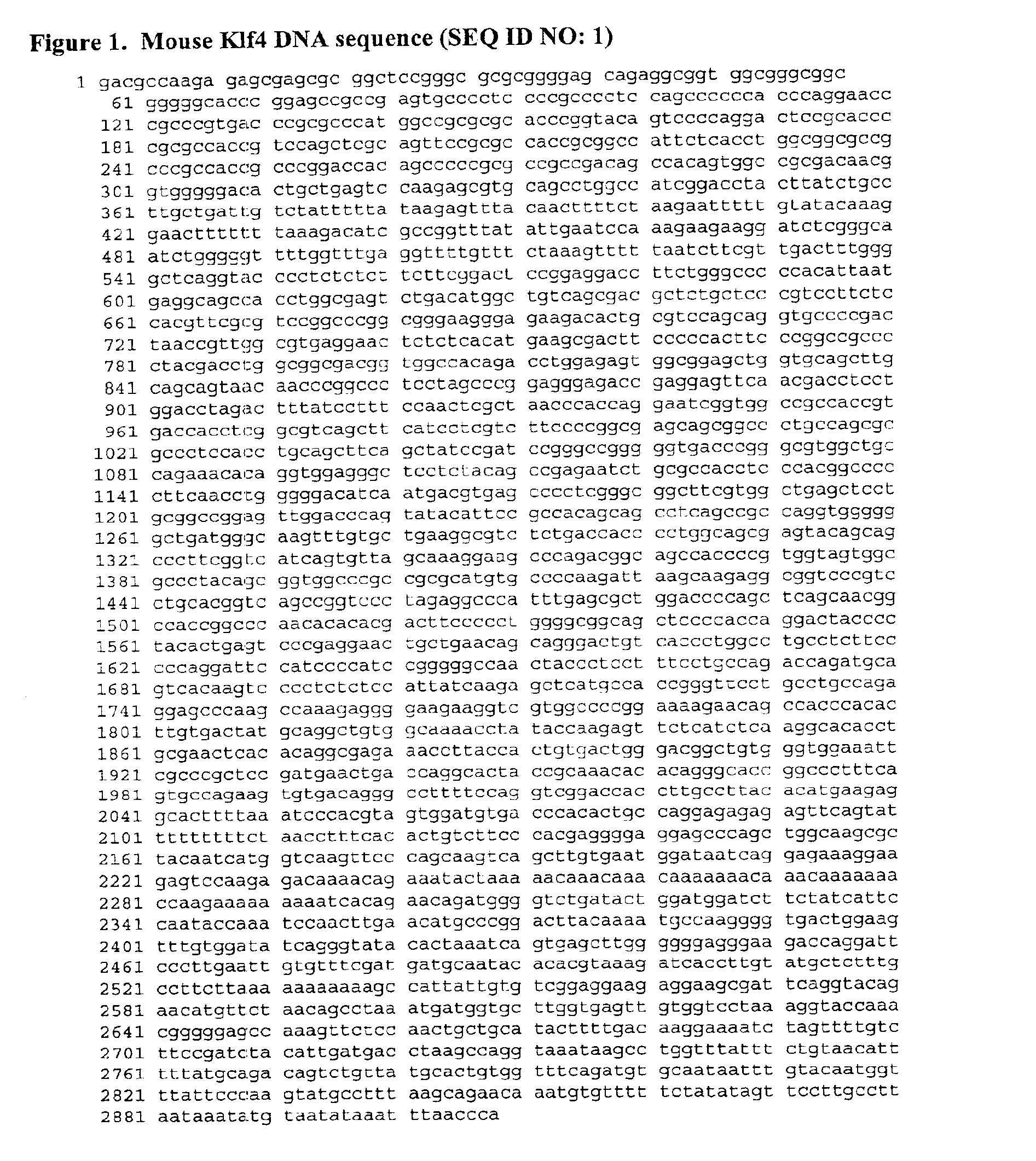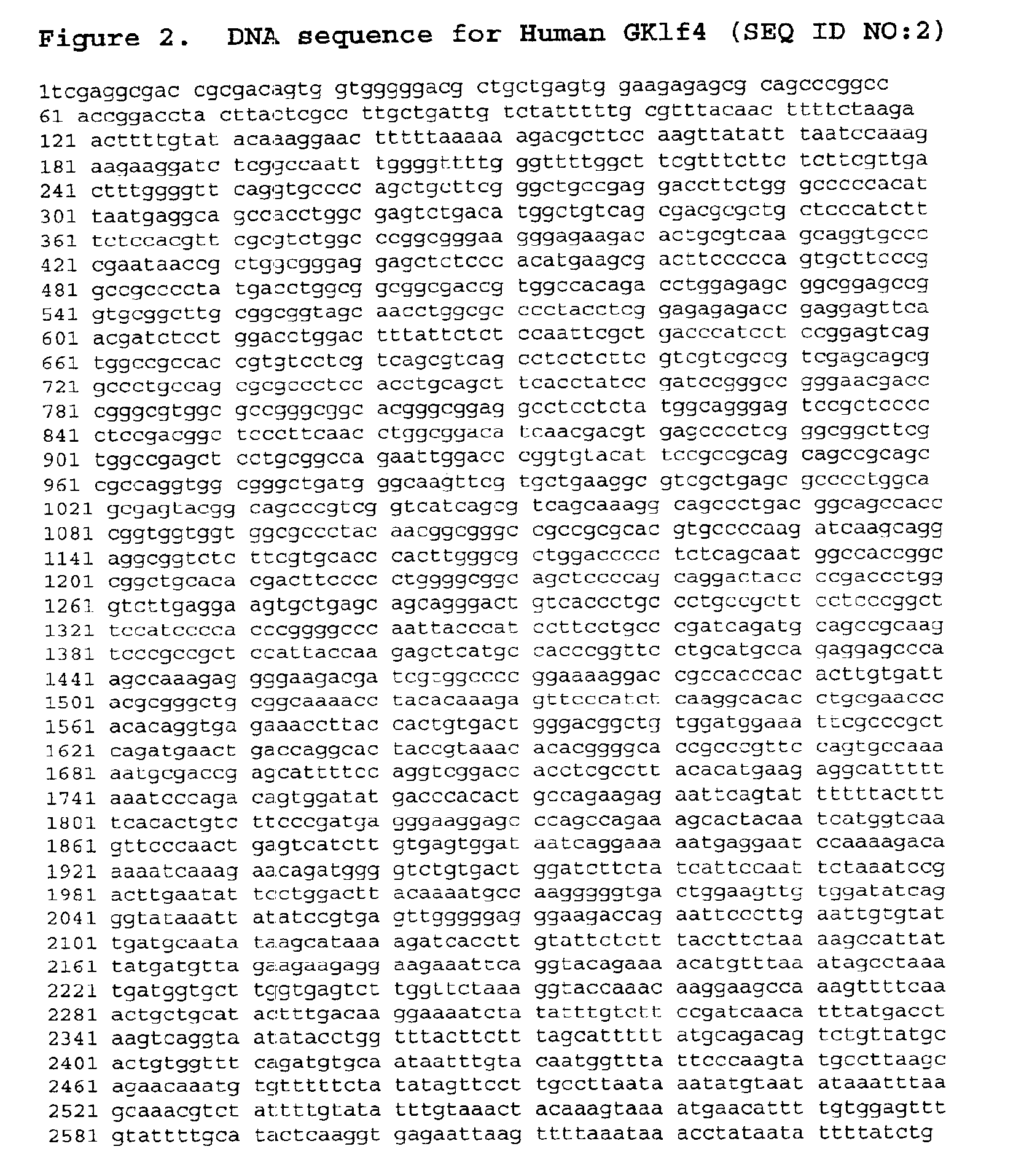Skin substitutes with improved barrier function
a skin substitute and barrier function technology, applied in the field of in vitro cultured skin substitutes, can solve the problems of poor barrier function of existing skin equivalent cultures, over $1 billion annually in the u.s. healthcare system, and over 6 months of standard care for vein ulcers, etc., to improve barrier function, improve barrier function, and improve barrier function
- Summary
- Abstract
- Description
- Claims
- Application Information
AI Technical Summary
Benefits of technology
Problems solved by technology
Method used
Image
Examples
example 1
Effect of Culture Conditions on Epidermal Barrier Function of NIKS Cells
[0118]While a number of culture conditions have been shown to enhance various aspects of barrier function (see Table 1, supra), there has been no systematic attempt to examine synergistic effects of these conditions. This example provides an assessment of the combined effects of ascorbic acid, PPAR activators (linoleic acid), FXAR activators (farnesol), and reduced relative humidity on epidermal barrier function of NIKS organotypic cultures. Barrier properties of treated cultures are evaluated by measuring surface electrical capacitance (SEC) (Boyce et al., J. Invest. Dermatol., 107(1): p. 82-7 (1996)), analysis of extracellular lipid composition, and by ultrastructural examination of tissue sections by electron microscopy.
[0119]The culture conditions to be evaluated are presented in Table 2. Culture supplements are added individually or in combination to the comification medium at the indicated concentrations. ...
example 2
Expression of Exogenous Klf4 in NIKS Cells
[0126]This Example describes the expression of exogenous Klf4 in NIKS cells. The transcription factor Krüppel-like factor 4 (Klf4) is a zinc-finger protein expressed at high levels in epithelium undergoing terminal differentiation, especially skin and intestinal epithelium. In skin, it is enriched in the mitotically inactive suprabasal layer of the epidermis Klf4 was identified by low-stringency hybridization with a probe for a zinc-finger domain in a NIH 3T3 cell cDNA library (Shields et al., J. Biol. Chem, 271(33): 20009-17 (1996)). Its three C2H2 zinc fingers relate it to a family of zinc finger transcription factors that includes EKLF and LKLF, factors that are important for tissue-specific differentiation. It is expressed at highest levels in growth-arrested cells and at undetectable levels in proliferating cells. Constitutive expression of Klf4 COS-1 cells inhibits DNA synthesis. It binds to a defined DNA sequence that is important in ...
example 3
Lipid Content of Skin Equivalents
[0136]This example describes the preparation of skin equivalents with optimized serum-free medium and a second set of skin equivalents prepared with sub-optimal medium. Subsequently, the lipid content of the resulting cultures was determined.
[0137]Organotypic cultures were initiated by plating 350,000 NIKS cells onto dermal equivalents previously prepared within a 10 mm MILLICELL insert. The media used to complete this step was comprised of a base medium [3:1 mixture of Ham's F12 medium / Dulbecco's modified Eagle's medium (DME), supplemented with 24 μg / ml adenine, 8.3 ng / ml cholera toxin, 5 μg / ml insulin, 0.4 μg / ml hydrocortisone, with the final calcium concentration adjusted to 1.88 mM] supplemented with 0.2% Fetal Clone II (a calf serum substitute).
[0138]Two days post-plating, the organotypic cultures were supplied with fresh medium to maintain growth. Cultures were supplied with either base medium supplemented with 0.2% Fetal Clone II or base mediu...
PUM
 Login to View More
Login to View More Abstract
Description
Claims
Application Information
 Login to View More
Login to View More - R&D
- Intellectual Property
- Life Sciences
- Materials
- Tech Scout
- Unparalleled Data Quality
- Higher Quality Content
- 60% Fewer Hallucinations
Browse by: Latest US Patents, China's latest patents, Technical Efficacy Thesaurus, Application Domain, Technology Topic, Popular Technical Reports.
© 2025 PatSnap. All rights reserved.Legal|Privacy policy|Modern Slavery Act Transparency Statement|Sitemap|About US| Contact US: help@patsnap.com


